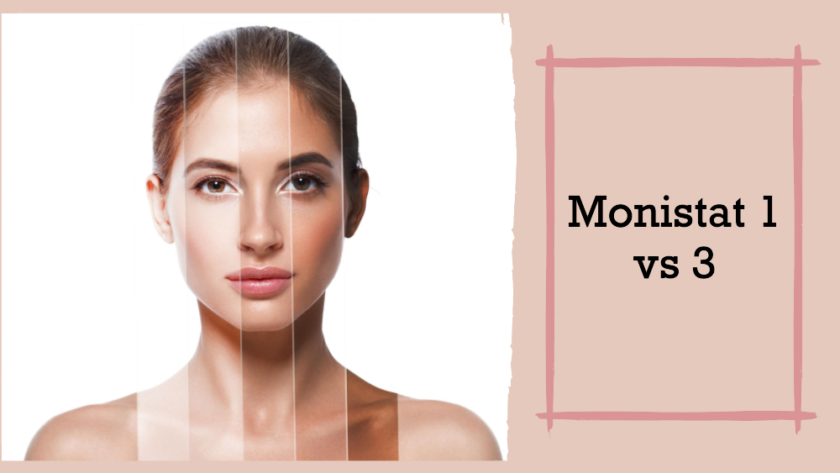Introduction
When it comes to over-the-counter treatments for yeast infections, Monistat is a name that often comes up. The brand offers different treatment durations, mainly Monistat 1 and Monistat 3. Both options aim to provide relief from uncomfortable symptoms, but how do they differ and which one should you choose? This comprehensive guide will dive deep into Monistat 1 vs Monistat 3 to help you make an informed decision.
Table of Contents
- What is Monistat?
- Monistat 1: An Overview
- Monistat 3: An Overview
- Key Differences
- Pros and Cons
- Frequently Asked Questions
- Conclusion
What is Monistat?
Monistat is a brand of over-the-counter antifungal treatments specifically designed to treat yeast infections. The active ingredient is miconazole, an antifungal medication that inhibits the growth of yeast.
Monistat 1: An Overview
Monistat 1 is a one-day treatment option that delivers a higher dose of miconazole in a single application. It usually comes in the form of a vaginal ovule or cream.
Who Should Use Monistat 1?
- Those who desire a quick, one-day treatment.
- People who have used Monistat before and are familiar with its effects.
Monistat 3: An Overview
Monistat 3 is a three-day treatment that delivers a lower dosage of miconazole spread out over multiple days. It generally comes in the form of vaginal suppositories or cream.
Who Should Use Monistat 3?
- First-time users who are uncertain about how they’ll react to the treatment.
- Those who prefer spreading out the treatment.
Key Differences
- Duration of Treatment: Monistat 1 is a one-day treatment, while Monistat 3 spans three days.
- Dosage: Monistat 1 contains a higher dose of miconazole in one application; Monistat 3 has smaller doses over multiple days.
- Form: Both come in creams and ovules, but Monistat 3 also offers suppositories.
Pros and Cons
Monistat 1
- Pros: Faster treatment, less mess over time.
- Cons: Higher concentration may lead to increased side effects.
Monistat 3
- Pros: Lower chance of side effects, better for first-time users.
- Cons: Treatment requires commitment over multiple days.
Frequently Asked Questions
Q1: Can I switch from Monistat 1 to Monistat 3 or vice versa?
A1: Consult a healthcare professional before switching treatments to ensure it’s appropriate for your symptoms.
Q2: Are there age restrictions for Monistat 1 or 3?
A2: Both treatments are generally suitable for adults and children over 12, but a healthcare professional’s advice is recommended for younger users.
Q3: Can men use Monistat 1 or 3 for yeast infections?
A3: While these products are designed for vaginal yeast infections, men can use them for penile yeast infections, but should consult a healthcare provider first.
Conclusion
Monistat 1 and Monistat 3 offer effective yet distinct approaches to treating yeast infections. Monistat 1 offers quick relief with a higher dose, ideal for those already familiar with the product. Monistat 3 provides a less intense but more extended treatment, well-suited for first-time users. The best choice will depend on your comfort level, past experiences, and the severity of your symptoms.




